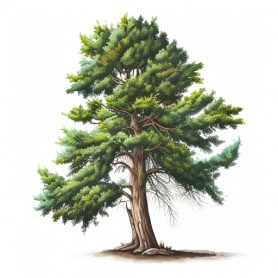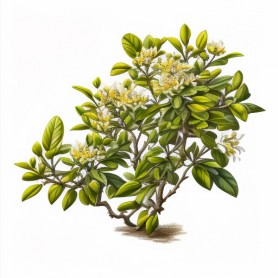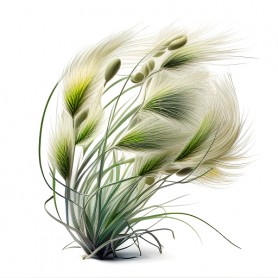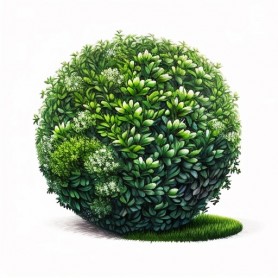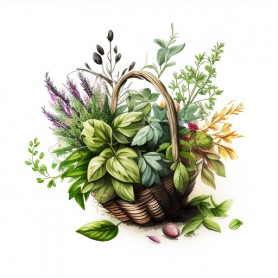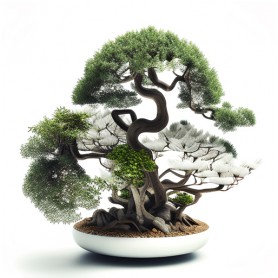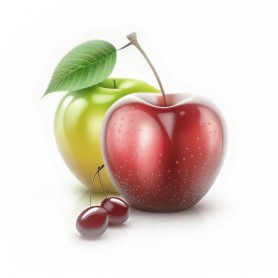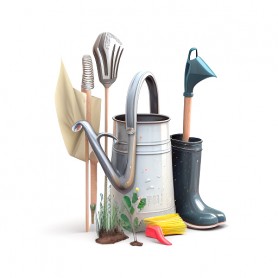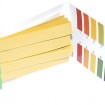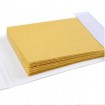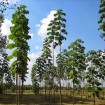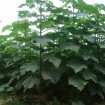It is simply a matter of fact that growers who are starting out want to speed germination as much as possible. Unfortunately, Mother Nature didn't make this task easy by designing each seed shell to be as hard and impenetrable as possible, which may increase the survival rate of seeds in the wild, but makes it more difficult for you to germinate your plants. To get around this, hydroponic growers often treat their seeds before planting them. Here are a few of the common ways to treat seeds for plant propagation.

MECHANICAL SCARIFICATION
Scarification is any method of scratching, breaking, or somehow physically weakening the seed coating to make it softer, and therefore easier to reach the moisture and gasses it will need to germinate. If you have a small amount of seeds that you want to plant, this can be done by simply rubbing them with sandpaper, softening their coats with a file, or just cracking them with a hammer. Ideally, you should do most of your damage to the outside of the seed without actually injuring the seed itself. Your seed coats should appear worn down on cracked superficially, but the damage shouldn't appear to reach down into the inner parts of the seed. You might try experimenting with a couple mechanical techniques on selected seeds before you try it on your entire group of seeds.
SOAKING SEEDS
This is another popular method of softening hard shells. To do this, heat a pot of water to near-boiling, at least in excess of one hundred seventy degrees Fahrenheit. The amount of water in the pot should be at least four times the volume of the seeds themselves. Place the seeds in the pot and immediately turn off the heat source. Allow the seeds to soak in the water for about eighteen hours as the water cools. Plant the seeds immediately after treating them in this manner.
Boiling seeds for a few minutes can create a similar effect, but it is much more hazardous to the seeds. Temperatures this high are likely to injure the seeds, therefore it is not recommended.
ACID SCARIFICATION
It is also possible to soften seed coverings with acid to make plant propagation easier. However, it must be done with care because it involves handling very volatile and corrosive sulfuric acid. Therefore you should take proper precautions and wear protective clothing and goggles when applying this technique.
To do this, place dry seeds in a glass container and cover them with the sulfuric acid at a ratio of about one part seed to two parts acid. During the treatment, the seeds should be stirred occasionally to ensure an even softening of the seed skin. Try to make sure the temperature of the room where you are applying this treatment stays between sixty and eighty degrees Fahrenheit.
The length of the treatment will depend upon how thick the seat coating is. It may vary as much between ten minutes and five hours. To test, periodically remove a seed and see how thin its skin has become. When you believe it has become sufficiently thin, remove the seeds immediately. After treatment, makes sure to completely rinse the seeds for ten minutes.
Which technique works best will depend upon what kind of seed you are using for plant propagation. You may wish to experiment with multiple techniques to see which will result in the fastest germination.
Article from Advanced nutrients

